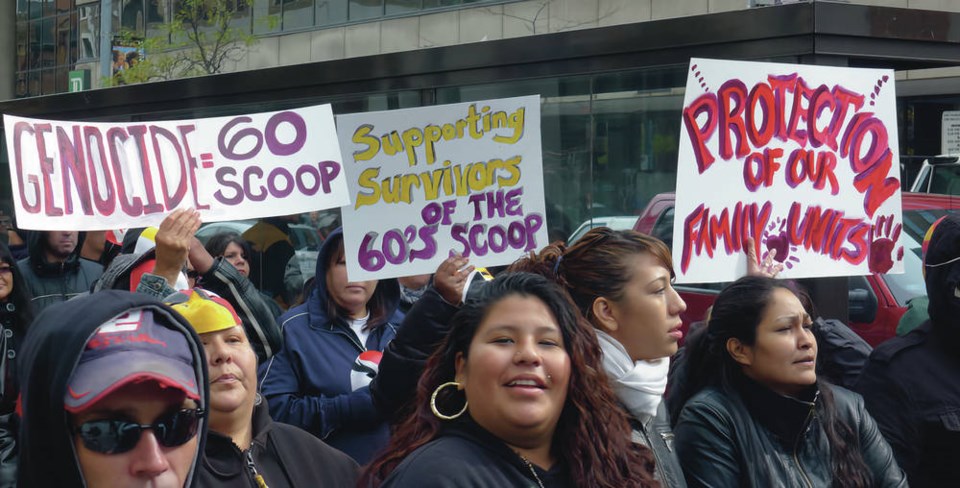Many readers know I was adopted at birth and adopted by a non-Indigenous family. Through this, I am someone who has walked in two worlds my entire life, not ever feeling like I fully belong in either.
All my life I have had Indigenous people stop me on the street and ask me where I am from, and I could never answer. I knew I was Indigenous, but never knew what community I was from. No one had the information to tell me.
As a child, I had a poster map of Canada that identified Indigenous communities across Canada with imagery. I spent many hours looking at the poster and wondering where I was from.
In my early 20s, I filed to have my adoption records opened and started connecting with Indian Affairs, hoping to get more answers. My adoption records did not provide any information and the government told me I was not Indigenous, but Swedish. I later learned my biological mother was adopted by a Swedish family, and that is how that landed on my records. My biological mother is not Swedish. She is also a product of the Sixties Scoop.
It hurt when the government told me I wasn’t Indigenous, but I know the people processing the paperwork didn’t have any information to tell me. Knowing that didn’t make it any easier.
About six years ago, I connected with some biological family and learned my roots are from Fort Chipewyan, Alta., about 200 kilometres north of Fort McMurray. I took a DNA test that confirmed I was 50 per cent Indigenous, with both First Nations and Inuit roots. My biological mother does not know where she is from, and never disclosed who my biological father is.
The only truth I’ve ever known about myself is that I am Indigenous, even if that truth leaves me with many empty answers.
I often say that being Indigenous is something you feel in your heart, and that’s what matters. I do feel it in my heart, and I remind myself being a part of the Sixties Scoop is an Indigenous experience in itself.
A few years ago, I decided to add my name to the list of people on the Sixties Scoop Settlement. The Sixties Scoop Settlement explained it best by saying: “Between 1951 and 1991, First Nation and Inuit children were taken into care and placed with non-Indigenous parents, where they were not raised in accordance with their cultural traditions nor taught their traditional languages.”
Recently, I received a letter stating I had been accepted into the Settlement. Being included means it is the first time that I am viewed as Indigenous in official documentation.
Receiving the letter was validation for which I have waited my entire life.
To me, it is not about money. The validation has a far greater impact on my wellbeing and healing. I am not upset with either my adoptive or biological families. I know that people all made choices as best they could at the time.
For me, I choose to focus on moving forward. I have been able to take my experiences of walking in two worlds and make change in the community, and that is something I am proud of.
Charla@makola.bc.ca



